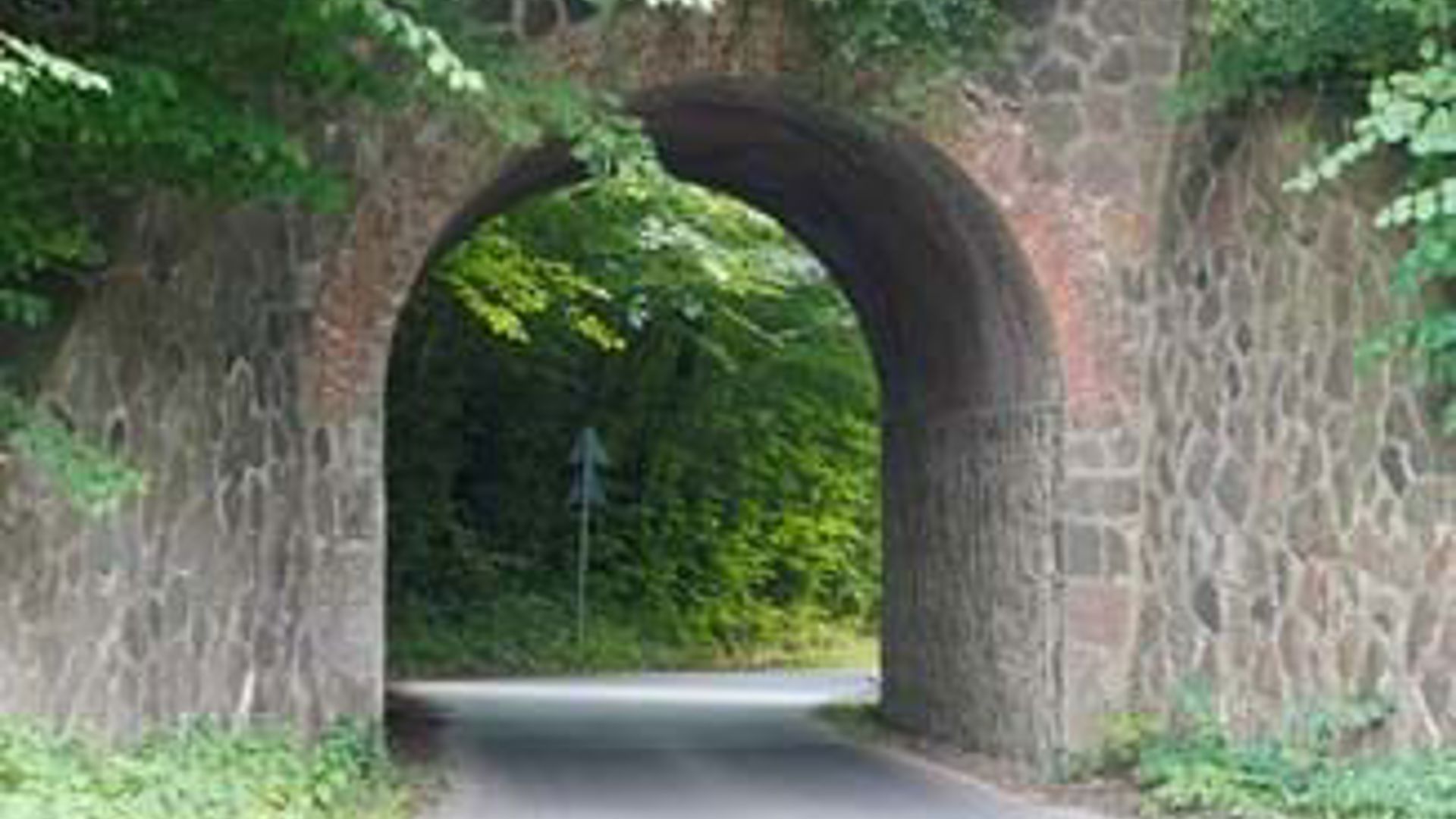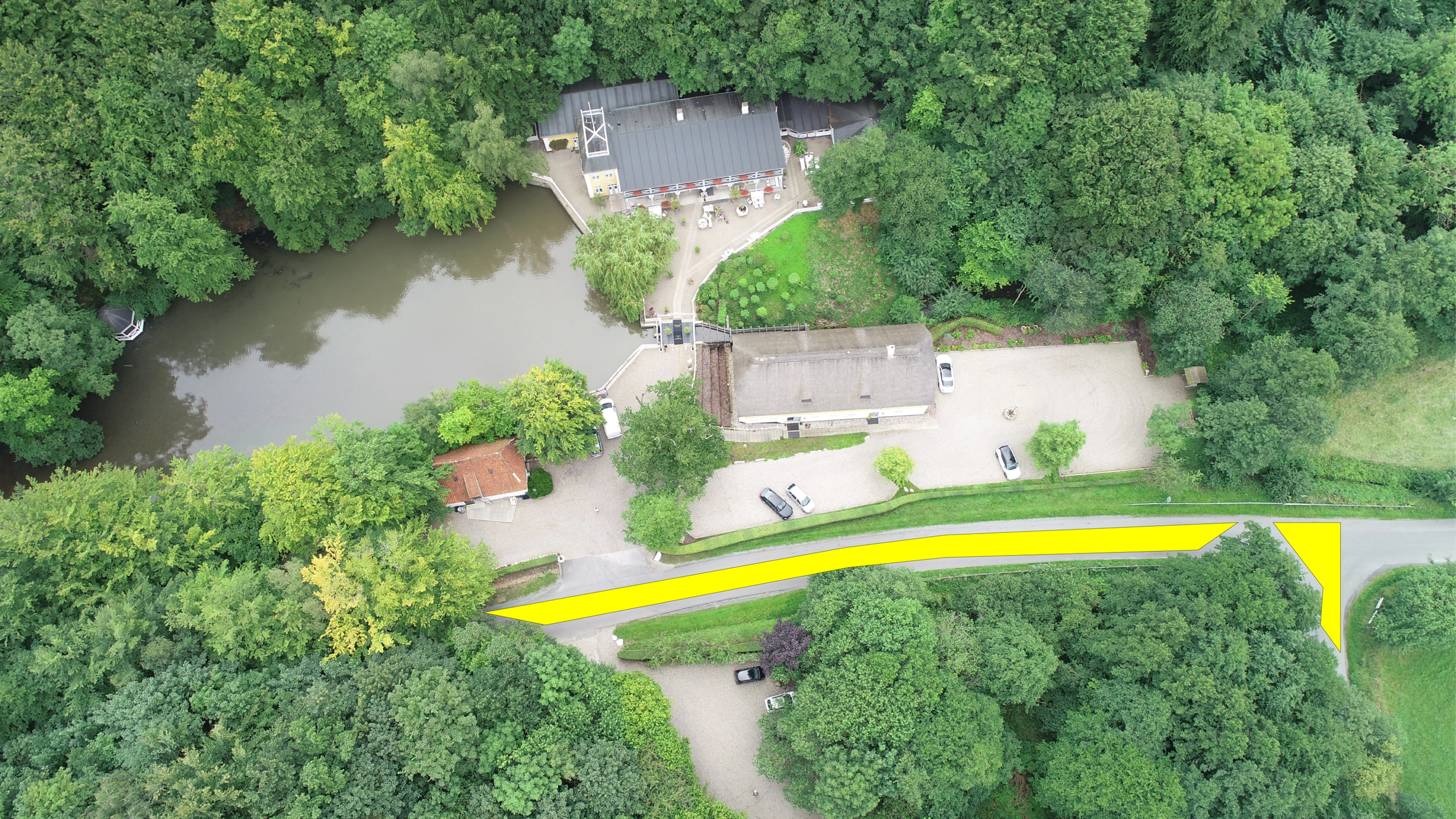Jørgensgaard Woods
Read more about Jørgensgaard Woods in Aabenraa Kommune here.

Jørgensgård Woods just east of Aabenraa are part of the impressive woodlands of Aabenraa Woods characterised by steep slopes, purling brooks and springs, which is an attraction in itself.
The woods originally belonged to the leprosy hospital once located in the present-day neighbourhood of Jørgensgård. On the south side of Jørgensgård Woods, steep slopes tumbledown to Aabenraa Fjord.
By Aabæk in the south-eastern corner of the woods is a nice bathing beach with a great view of the fjord. Here you will find the wooden sculpture known as The Viking, created in 1995 by the Lithuanian artist Julius Urbanavicius, stand looking out to sea.
North of the woods, you can take the trail known as Knapstien to the village of Stollig and restaurant Æ Knapp. The combined foot and cycle path runs along an old narrow-gauge railway, Kleinbahn, built during the German occupation of Southern Jutland in 1864-1920. In Denmark, alpine newts live in around 150 waterholes just north of the Aabenraa-Rødekro road and in the woods around Aabenraa, which is the northernmost home of the species.
The alpine newt was first discovered in the area in 1948, though its occurrence in Denmark was not fully mapped until 1975. In 1987, a programme to improve its habitats was introduced; this among other things involved digging new waterholes. The alpine newt is distinct from other newt found in Denmark by its uni-coloured dark yellow or red belly, a striking contrast to its dark back.
It also has a large, wide head. On the side of the body, the male has a white line on with lots of round, black spots, and during breeding season, it develops a yellow crest with black spots on the back. The male reaches nine centimetres in length in total, the female 12. In Denmark, the alpine newt is protected.

